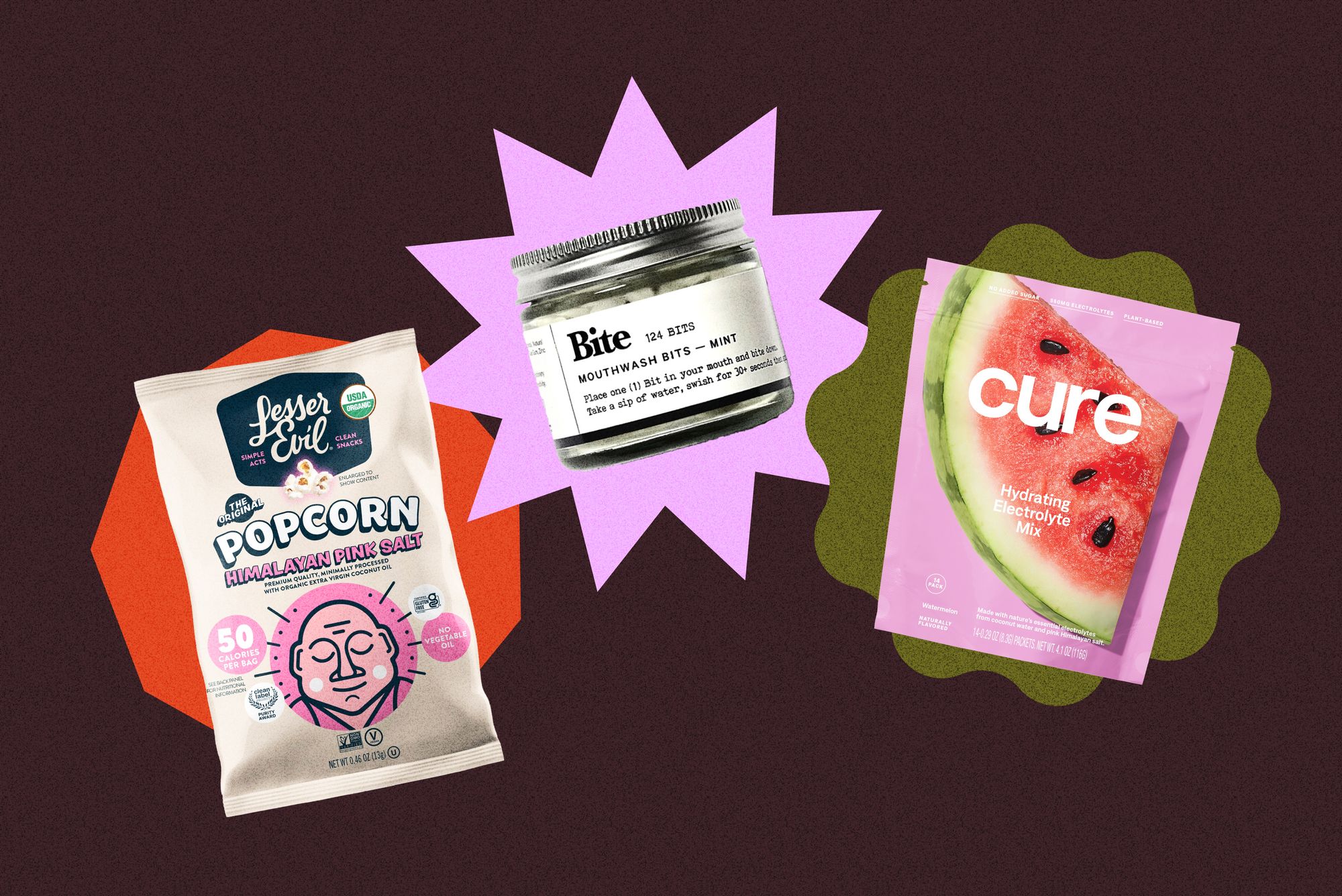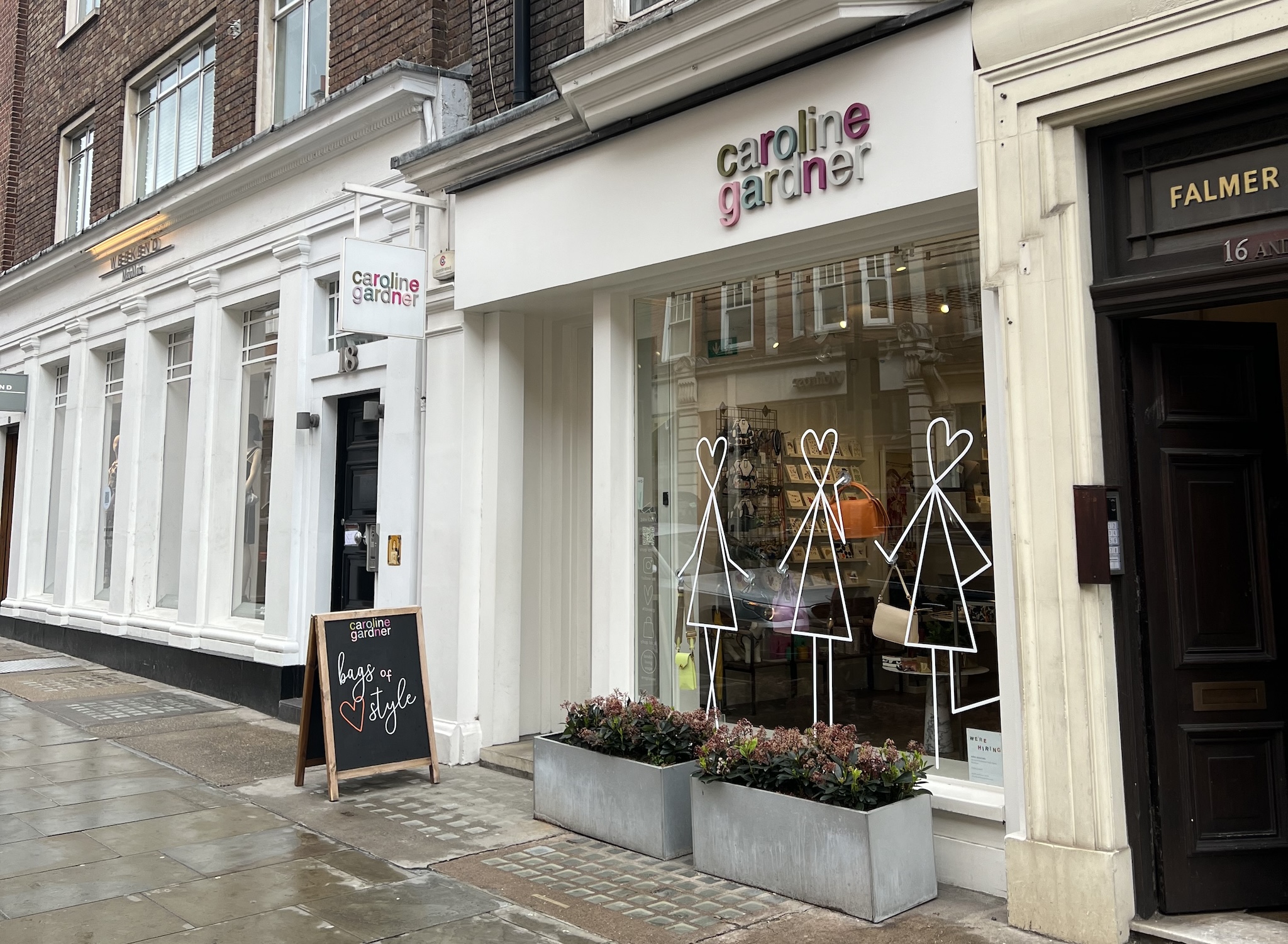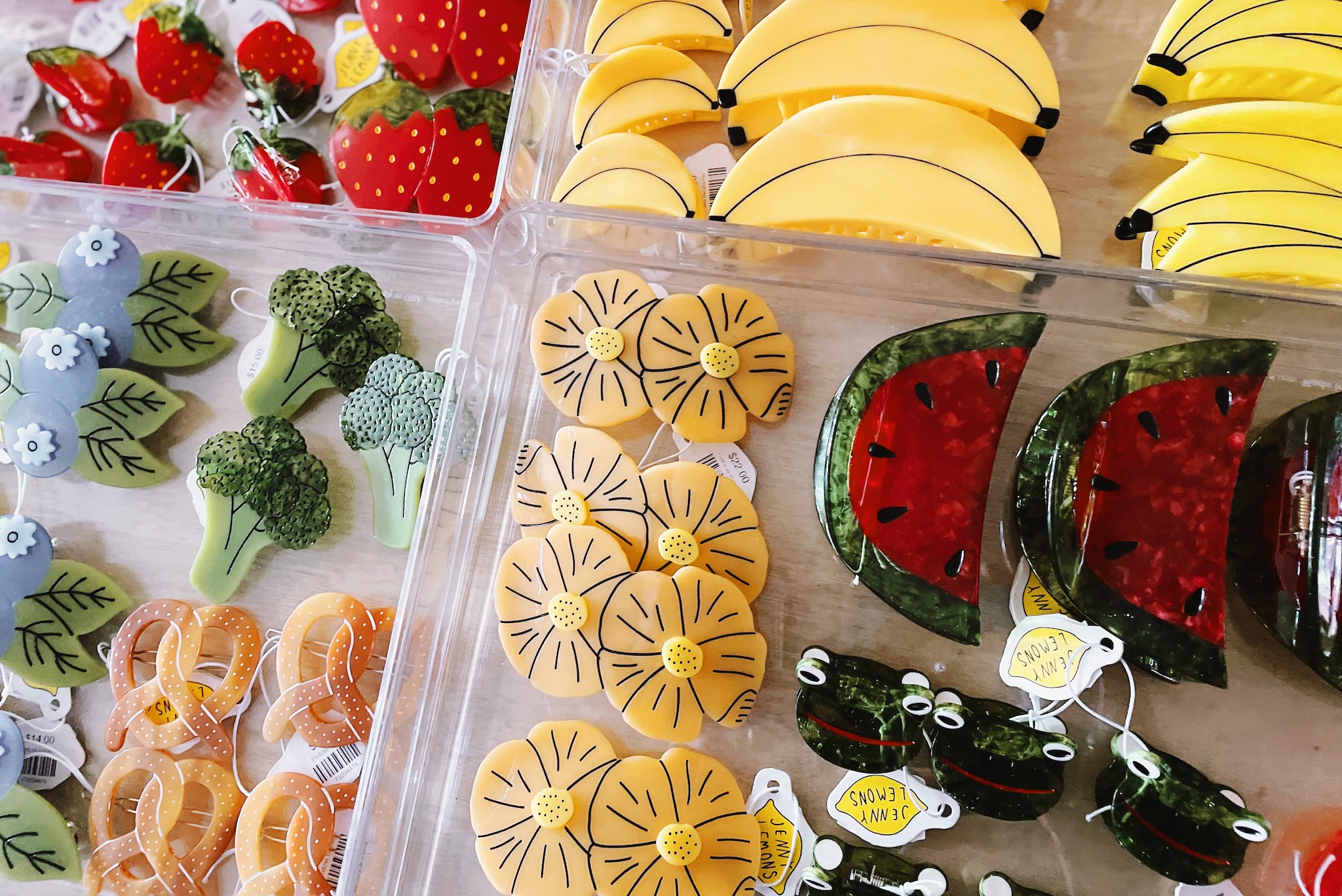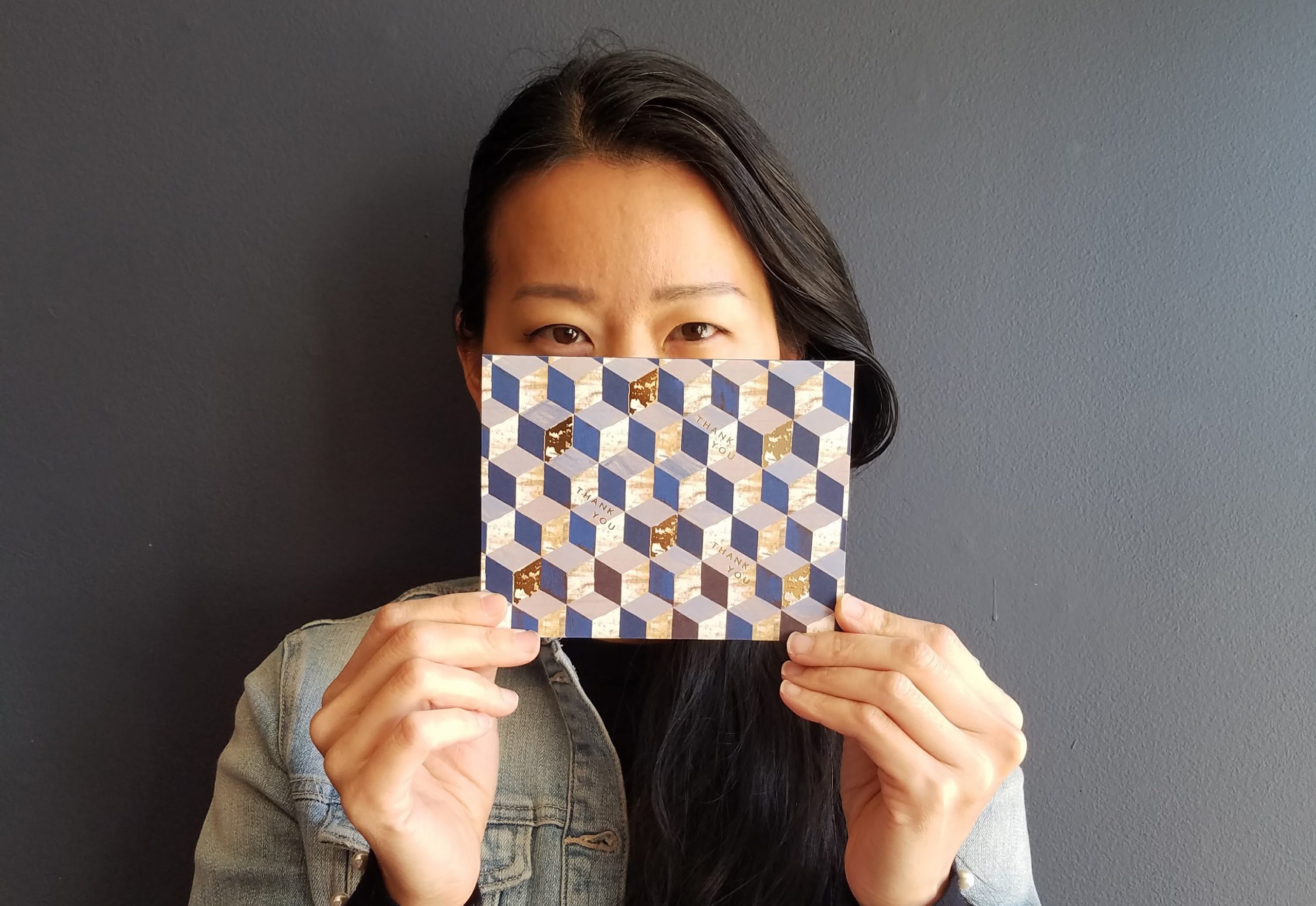
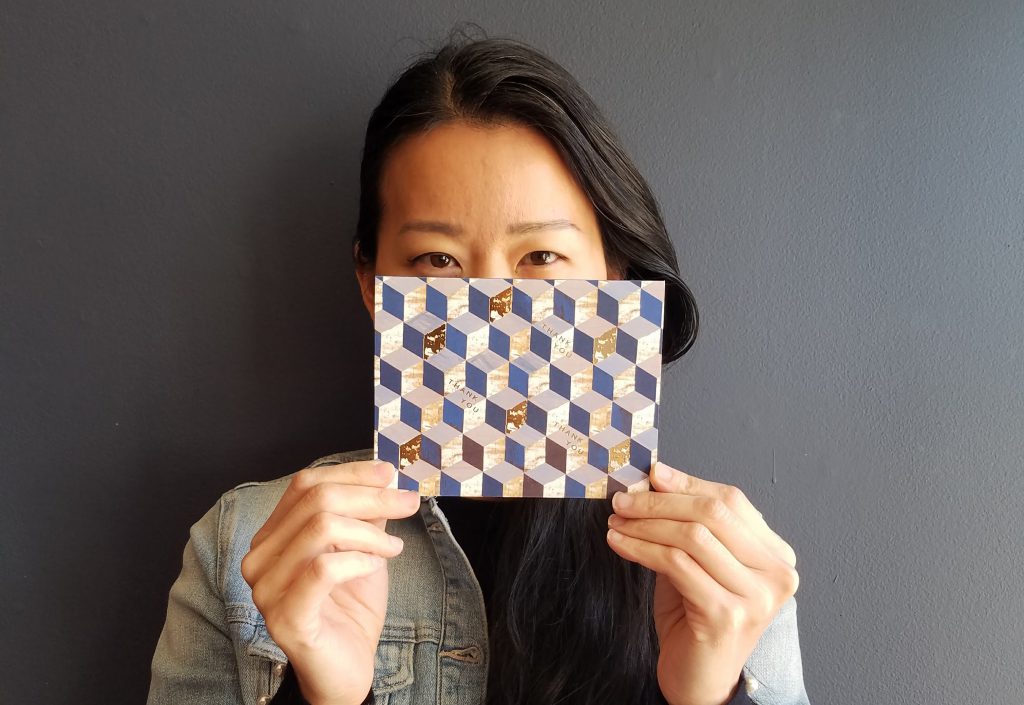
This week on our podcast Brick & Order, we talked to Cat Seto, a triple threat artist, award-winning author and creative director of Ferme à Papier, a paper goods line and brick and mortar shop.
Cat’s illustrated stationery can be found in hundreds of shops nationwide and, when she’s not in the studio designing, she’s running operations at her shop in San Francisco which carries Cat’s own creations as well as accessories and gift items.
Cat is also a fierce advocate for women of color and minority causes. In 2017, she founded Saving Faces, a local collective of creative female makers raising awareness for women’s advocacy, mental health, domestic abuse, and violence which later spurred a national organization, We the Women.
We spoke with Cat about her artistic process, how her heritage has shaped the way she runs her small business, and why she’s optimistic about creativity in the aftermath of the COVID-19 crisis.
After a crisis, when you come out of it, there’s always new energy, resurgence, new ways to connect and do business and to reach your customer.
Here, we’re sharing an abridged version of our chat with Cat. To listen to the whole interview, head to over to the sixth episode of our podcast Brick & Order.
Faire: Where are you calling from and what did your week look like?
Cat Seto: I’m calling from San Francisco, from my interim studio desk, which is at my home in Duboce Park. We had really great weather in the city last weekend and I had this bucolic moment of all the neighbors in backyards with the windows open, sunbathing, and doing their Zoom calls. My son was stringing bleached sand dollars on the deck and it was a moment.
When you were a kid, did you always know that you wanted to grow up and be an artist?
I loved drawing. I was obsessed with it and would always be in school drawing under the table or, when we would go to restaurants, I would be drawing when I was supposed to be eating. I never thought that could be a dream until later in college so it was more or less just something I was truly passionate about.
Where do you find inspiration and what does your artistic process look like?
For me, it’s a very organic process, and art has been something of a truth seeker. It’s something I can only do when I’m by myself at night when no one’s awake.
The process is just a very authentic expression of whatever inspires me throughout the day or whatever is on my mind and, basically, I just express that through my hands, whether it’s writing or drawing. It could be something really simple or it could be a painting that lasts three months to complete. But it really is a true moment of self-expression, so it’s a very authentic process for me.
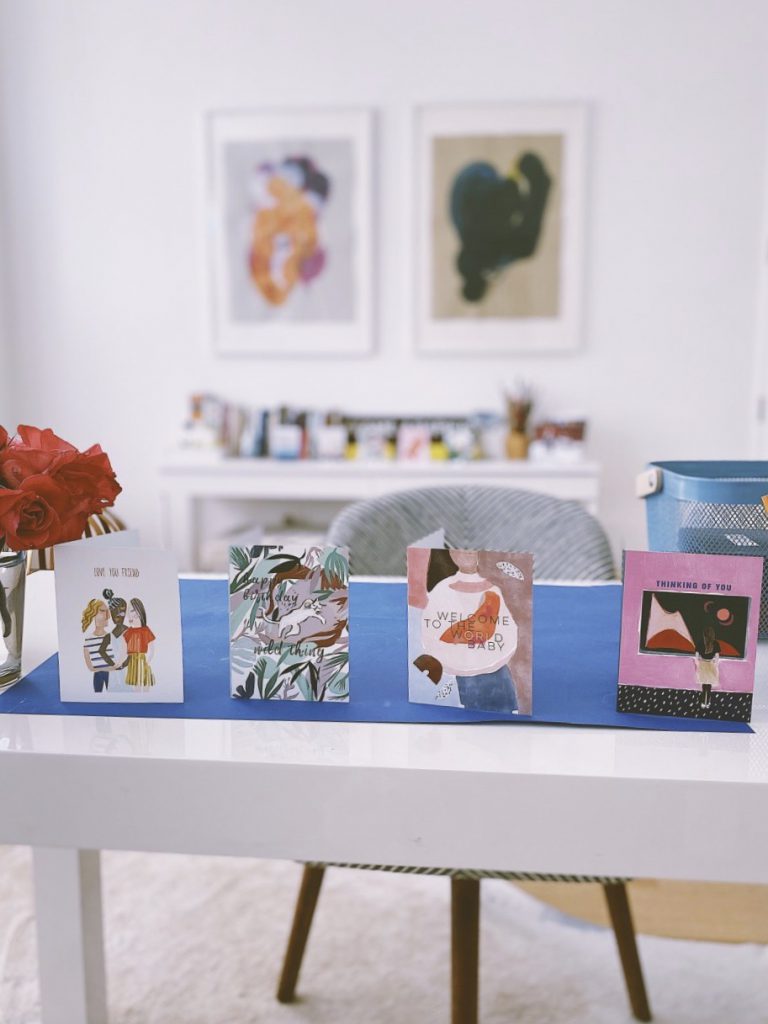
“Ferme à Papier” – can you translate that for us?
It’s a very, very loose translation of “farm to paper.” When I visited Europe very late in life for the first time, I remember walking through Paris and seeing biodynamic farms in the countryside. It was the beginning of the rise in artisanal goods and artisanal aesthetics in the U.S. for makers and I just was so inspired.
So instead of “farm to paper,” I have this brand, Ferme à Papier, which is representative of that.
We know you’re an advocate for women of color. How has your own heritage shaped the way you run your business?
I grew up with parents who immigrated to the U.S. and had a very strong work ethic instilled into all of my siblings. I’m the eldest and they instilled in me a lot of stories about what it was like growing up in China and Hong Kong, and what it was like to come to the U.S. and to start work and not be able to speak English. Those stories absolutely have stuck with me and have been cursory to anything that I do.
In starting my small business and creating, a lot of those ethics have come into play in terms of how I think about how we want to service the community, what kinds of products we want to carry, who we want to represent, and definitely the kinds of themes and designs that I want to carry out in my stationery collection. That’s the beauty of making stationery because this business is one where I can very much customize my sentiments and carry out some of the narratives that my parents have given me.
My grandfather was a merchant in China and had to go through a lot of crisis in his life. From very early on, I was told these stories and, as frightening as they were, they were really emboldening and inspiring for me. I very much carry my heritage in my heart and use it to get myself through hard times.
How would you describe the feeling when you see a new shopper coming into your store?
Each customer that comes in and starts looking at your work—you notice everything. If they delight in something, I want to tell them the stories about the brands that we carry. Every part of that interaction is important. And every purchase too. You know, every single purchase counts for a retailer. Knowing customers that come back time and time again and you get to know their dogs and their children—that’s a very special relationship that I am grateful for.
What were the first signals of a slowdown for you, either for your wholesale business or your retail business?
For me, it was first an emotional reaction and not being able to think about business for a solid week, where I was just scared. Concerned for my son, concerned about the future, concerned about my father, concerned about everybody. And then I realized, all of us are thinking and feeling the same thing.
I had to let go of a lot of expectations and doubts and just really live day by day. I expected things to be flat. Completely flat.
Then, one day, we got an order in. And then another order, and then another. Slowly, I started drawing. My son and I were laughing about going to the grocery store and how we should put on astronaut hats because we can’t touch anybody or see anybody. We feel like we’re in outer space. So I decided, maybe the first things I should draw would be quarantine cards of this whole dystopic universe that I felt like we were living in. All of a sudden, they were sold out.
As tough as it’s been, there’s been some light to this and we’re seeing everybody begin to energize each other.
What steps are you taking to prepare for recovery?
I think this is a really interesting time for makers and also retailers to think about why we all wanted to do this in the first place.
After a crisis, when you come out of it, there’s always new energy, resurgence, new ways to connect and do business and to reach your customer. For me personally, designing has become more intimate and personal, and I think doing business becomes more intimate and personal. That’s what I’ll be actively investigating for myself as a business.
What are some new ways you’re creating and connecting with your community during shelter-in-place?
I have a friend who’s a doctor in Detroit and he’s leading some test centers for COVID there. My son and I decided to do a workshop for kids where they produce cards of gratitude and then we send those cards over to test centers and hospitals with frontline workers.
The most rewarding part of that experience was that Dr. Liu sent back pictures and a note and we were all crying. We saw the artwork on the walls and the doctors saying, “We’re smiling behind these masks and you’ve touched us so much.” When the kids heard that, it was just such an amazing point of connection between two disparate worlds.
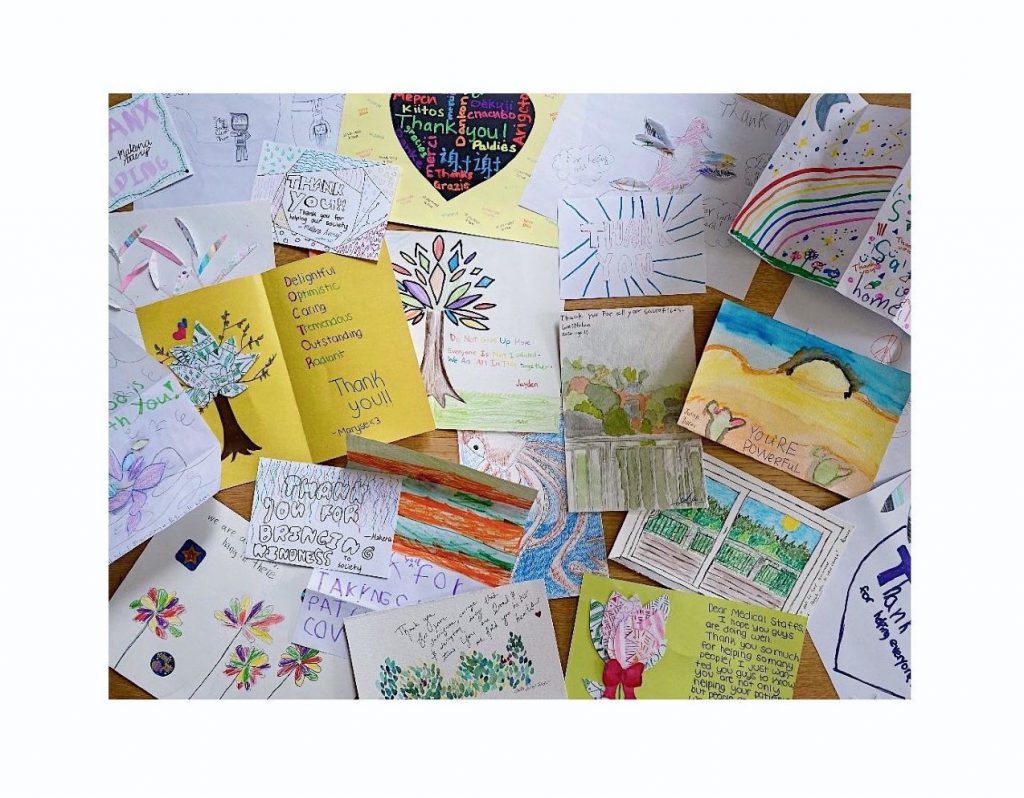
What is a silver lining you see of this pandemic for local retail?
I think it’s an important time to just take in the daily joys of life. For me, it’s been enjoying the extra time I have with my son and extra moments of drawing or introspection.
We’ve all lived through recession and we have always bounced back. There’s always been an immense amount of creativity that has come about after, so I have faith in that.
You can subscribe and listen to Brick & Order on Apple Podcasts, Google Podcasts, SimpleCast, Spotify, and Stitcher. If you’re interested in sharing your story with us, please reach out to story-tips@faire.com.

